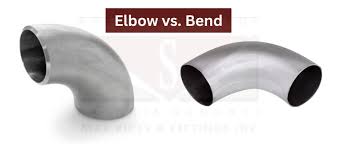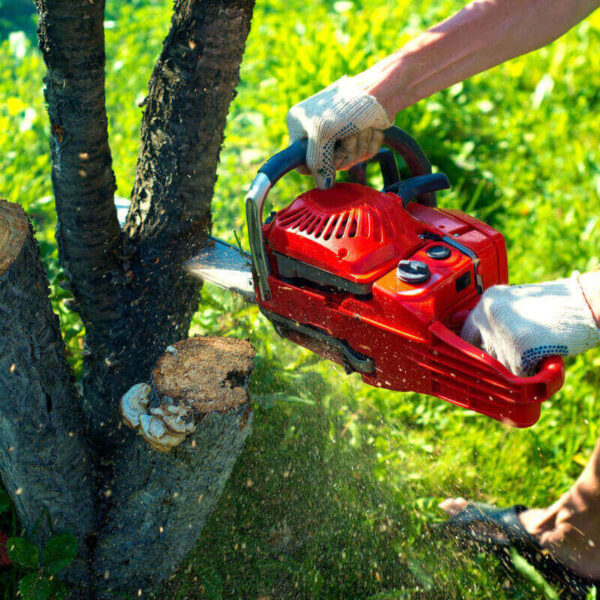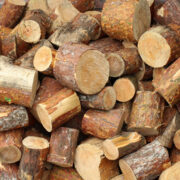
In the world of piping and metalwork, precision is key. Not only do metal market professionals need to have a keen understanding of their materials and tools, but they must also command a clear grasp of terminology. Among the crucial terms are ‘elbow’ and ‘bend,’ which are often used interchangeably but incorrectly in piping systems.
Understanding the differences between an elbow and a bend in piping systems can lead to more efficient designs and a better understanding of the metal market. This blog post aims to clarify these terms for industry professionals and enthusiasts alike.
What is an Elbow?
An elbow is a pre-formed, standardized angle fitting that facilitates the direction change in piping. They are a crucial part of the piping system that allows for sharp turns with relatively low resistance to flow. Elbows are often available in degree increments of 45 and 90, and sometimes 22.5 degrees. One of the key characteristics of elbows is their centerline radius, which is typically short and standardized in 1D or 1.5D — ’D” being the nominal diameter of the pipe.
Key Characteristics of Elbows:
- Standardized angles (typically 45°, 90°, and sometimes 22.5°)
- Short radius (1D, 1.5D)
- It is used when space is constrained or a precise direction change is needed.
What is a Bend?
In contrast to elbows, bends are generally custom-fabricated from straight lengths of pipe. Their gradual curvature allows for smoother turns in a piping system and offers minimal resistance to flow. A bend’s radius is often larger than an elbow’s and is expressed in R — the centerline radius, where a higher R-value indicates a wider turn. Unlike elbows, bends are not standardized and can be manufactured to any angle or radius as the design requires.
Key Characteristics of Bends:
- Custom fabricated to any angle.
- Large radius (typically 3D and above)
- Preferred in systems requiring smooth flow and gradual direction changes
The Differences in Application
Elbows:
- Space Efficiency: Elbows are used when space is limited, and the system design necessitates a direct and sharp change in direction.
- Standardization: The manufacturing standards for elbows make them readily available and easier to replace if needed.
Bends:
- Flow Dynamics: Bends are chosen when the flow dynamics are critical, as their gradual curve lessens the pressure drop and turbulence within the piping system.
- Custom Solutions: Custom bends can be fashioned to meet unique system requirements when a standardized elbow is unsuitable.
Making the Right Choice
When it comes to making the right choice between elbows and bends, consider the following:
- Space constraints in the installation area
- The importance of flow dynamics in the system
- Availability and cost implications of standardized versus custom-made parts
While elbows and bends may seem similar at first glance, knowing their difference and appropriate application can dramatically impact a piping system’s efficiency, cost, and performance.
Professionals in the metal market should always specify their needs clearly, knowing that while an elbow may often be an adequate and cost-effective solution, the customizable nature of bends is irreplaceable in some instances.
This blog post has helped clarify the elbow vs. bend distinction in piping for our metal market readers. Accurate knowledge of these components is essential whether you’re involved in designing, manufacturing, or installing metalwork.
Keep tuned for more insights into the metal industry, and stay ahead to understand the subtler aspects of our trade!
“Elbow” and “bend” are terms used to describe a change in direction in a pipe or conduit, often in plumbing or piping systems. While they are often used interchangeably in casual conversation, there are slight differences in their technical meanings:
- Elbow:
- An elbow is a specific type of pipe fitting that allows the piping system to change direction. It typically consists of two sockets or female-threaded ends at a 90-degree angle to each other.
- Elbows are available in various angles, most commonly 45 and 90 degrees, although others are available depending on the application.
- Elbows redirect fluid flow (such as water, gas, or other liquids) in a piping system without significantly reducing the flow rate or causing excessive pressure drop.
- Bend:
- A bend is a broader term for any curved section in a pipe or conduit that changes its direction. It can include elbows but is not limited to them.
- Unlike elbows, bends can have varying angles and radii of curvature. Depending on the system’s requirements, they may be more gradual or sharp.
- Bends can be manufactured as curved sections of pipe or tubing or formed on-site using specialized equipment to bend the pipe to the desired angle.
In summary, while both terms refer to changes in direction in a piping system, “elbow” typically refers to a specific type of fitting with a 90-degree angle, whereas “bend” is a more general term that encompasses a variety of curved sections used for redirection.









